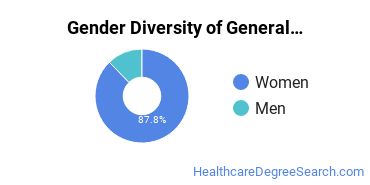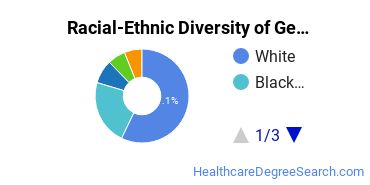General Health Services/Allied Health/Health Sciences at Monroe Community College
Monroe Community College is located in Rochester, New York and has a total student population of 10,161.
Want to know more about the career opportunities in this field? Check out the Careers in General Health Services/Allied Health/Health Sciences section at the bottom of this page.
Monroe Community College General Health Services/Allied Health/Health Sciences Degrees Available
- Associate’s Degree in Health Studies
Monroe Community College General Health Services/Allied Health/Health Sciences Rankings
Note: While rankings may be a good starting point when you're researching a school, they don't necessarily highlight all of a school's strengths. Don't forget to check out the other details that are available for a school to see if it has what you're looking for in a program.
Health Studies Student Demographics at Monroe Community College
Take a look at the following statistics related to the make-up of the health studies majors at Monroe Community College.
Monroe Community College General Health Services/Allied Health/Health Sciences Associate’s Program

The majority of those who receive an associate's degree in health studies at Monroe Community College are white. Around 57% fell into this category, which is below average for this degree.
The following table and chart show the race/ethnicity for students who recently graduated from Monroe Community College with a associate's in health studies.

| Race/Ethnicity | Number of Students |
|---|---|
| Asian | 3 |
| Black or African American | 11 |
| Hispanic or Latino | 4 |
| White | 28 |
| International Students | 0 |
| Other Races/Ethnicities | 3 |
Related Majors
References
*The racial-ethnic minorities count is calculated by taking the total number of students and subtracting white students, international students, and students whose race/ethnicity was unknown. This number is then divided by the total number of students at the school to obtain the racial-ethnic minorities percentage.
More about our data sources and methodologies.
